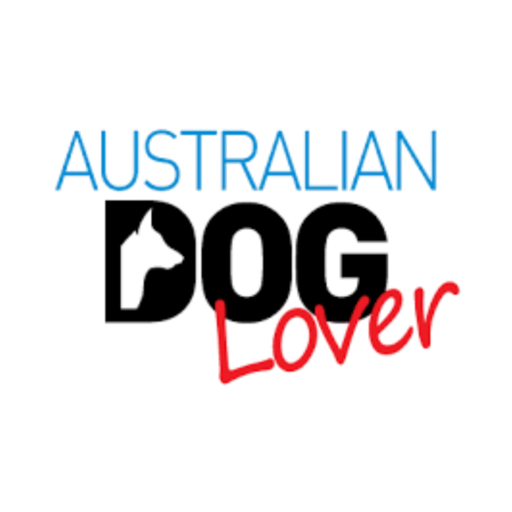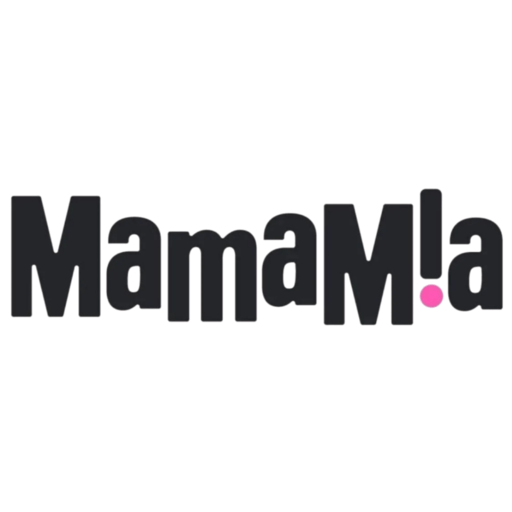Australian made dog treats | free shipping over $200
Australian made dog treats | free shipping over $200
TREATS
Pet-Food Buzzwords Explained: What “Natural”, “Grain-Free”, “Single Protein” and Others Really Mean for Your Dog’s Wellness
November 10, 2025 3 min read

You’re scrolling social media and spot a pet-food ad or package that says “natural”, “organic”, “grain-free”, “single protein”, “limited ingredient”, “human-grade”, “holistic”, “complete & balanced”, “no artificial preservatives”. They sound reassuring but without context, these buzzwords can be misleading. Here’s what each actually signals in pet nutrition, how the misunderstanding emerged, and why it matters for your dog’s health.
Natural
Labels that use the word “natural” indicate that the ingredients come from plant, animal or mined sources and haven’t been made by chemical synthesis. It doesn’t guarantee that the formulation is superior in nutrients or stricter in safety than other foods. The misconception of “natural means better” comes from human-food advertising, which has carried over to pet food. While natural ingredients sound good, what really counts is whether the food is appropriate for your dog’s life stage and health.
Organic
When a pet-food product uses “organic”, it means ingredients were produced under organic standards (such as avoiding many synthetic pesticides) and may carry certification. The idea that “organic automatically means more nutritious” comes from human food marketing, but for pet food the nutritional profile still depends on formulation, not just organic sourcing. If you choose an organic product, check that it still meets the “complete & balanced” standard for your dog’s age and condition.
Grain-free
A label that says “grain-free” means the formula doesn’t include grains like wheat, corn or rice. The misconception that grain-free is better for every dog comes from allergy-marketing and trend waves; in fact, regulators have investigated links between some grain-free diets (especially those high in peas/legumes and potatoes) and canine heart conditions (DCM). For most dogs, grains are not a problem; grain-free should be chosen only when there’s a veterinary reason.
Single Protein / Novel Protein
“Single-protein” or “novel-protein” formulas use one main animal-protein source (for instance turkey) and are often used during elimination diets. The misconception that this equals “hypoallergenic” comes from simplified marketing; in reality, true food allergies in dogs are rare, and other ingredients (plants, additives) may still trigger reactions. These formulas can be useful under vet supervision, but they don’t guarantee allergy-free status.
Limited Ingredient
A “limited-ingredient” diet aims to reduce the number of ingredients, often to support pets with sensitivities. The thinking that fewer ingredients always mean higher quality stems from the minimalist-trend in human food. The reality: it may simplify identification of allergens, but quality still depends on whether the formula meets balanced nutrition for your dog’s life stage. Don’t assume minimal = ideal automatically.
Human-Grade
When a product claims “human-grade”, the implication is the ingredients and processing meet human-food standards. The misconception arises because many pet-food buyers assume “human-grade” automatically means superior nutrition. But “human-grade” refers more to manufacturing standards, not nutrient completeness. Always check if the food is labelled “complete & balanced”.
Holistic
The term “holistic” in pet food is largely marketing. There’s no consistent legal definition in many jurisdictions. The misconception that “holistic” equals premium or clinically proven comes from wellness language borrowed from human nutrition. In pet food, it means you should rely on ingredient lists and nutrient adequacy statements, not the label alone.
Complete & Balanced
A “complete & balanced” statement means the food provides all essential nutrients in the right ratios for a specified life stage (puppy, adult, senior) or meets recognised nutritional profiles. The misconception is that flashy marketing claims are more important than this statement. In fact, this is among the most meaningful claims for your dog’s wellness. If the product lacks it, it may only be meant as a treat or supplement, not a sole diet.
No Artificial Preservatives / Preservative-Free
Claims like “no artificial preservatives” mean the product avoids certain synthetic antioxidants and may use natural alternatives (e.g., mixed tocopherols). The misconception that no artificial preservative always means better quality comes from human-food trends; in pet food, natural preservatives can affect shelf life and stability differently. Storage, freshness, and proper feeding matter too.
Tips for pet parents
When choosing a pet-food product, start with whether it states “complete & balanced” for your dog’s life stage. Read the guaranteed analysis (protein/fat/fibre) and the ingredient list. Use buzzwords like “natural”, “organic”, “grain-free” as starting points for questions and ask: Why is this included? Does my dog need this? If a vet recommends a special diet (e.g., grain-free, single-protein), proceed accordingly; otherwise, don’t assume trend words always equate to better wellness. Monitor your dog’s health, performance and digestion with any food change.
Leave a comment
Comments will be approved before showing up.













